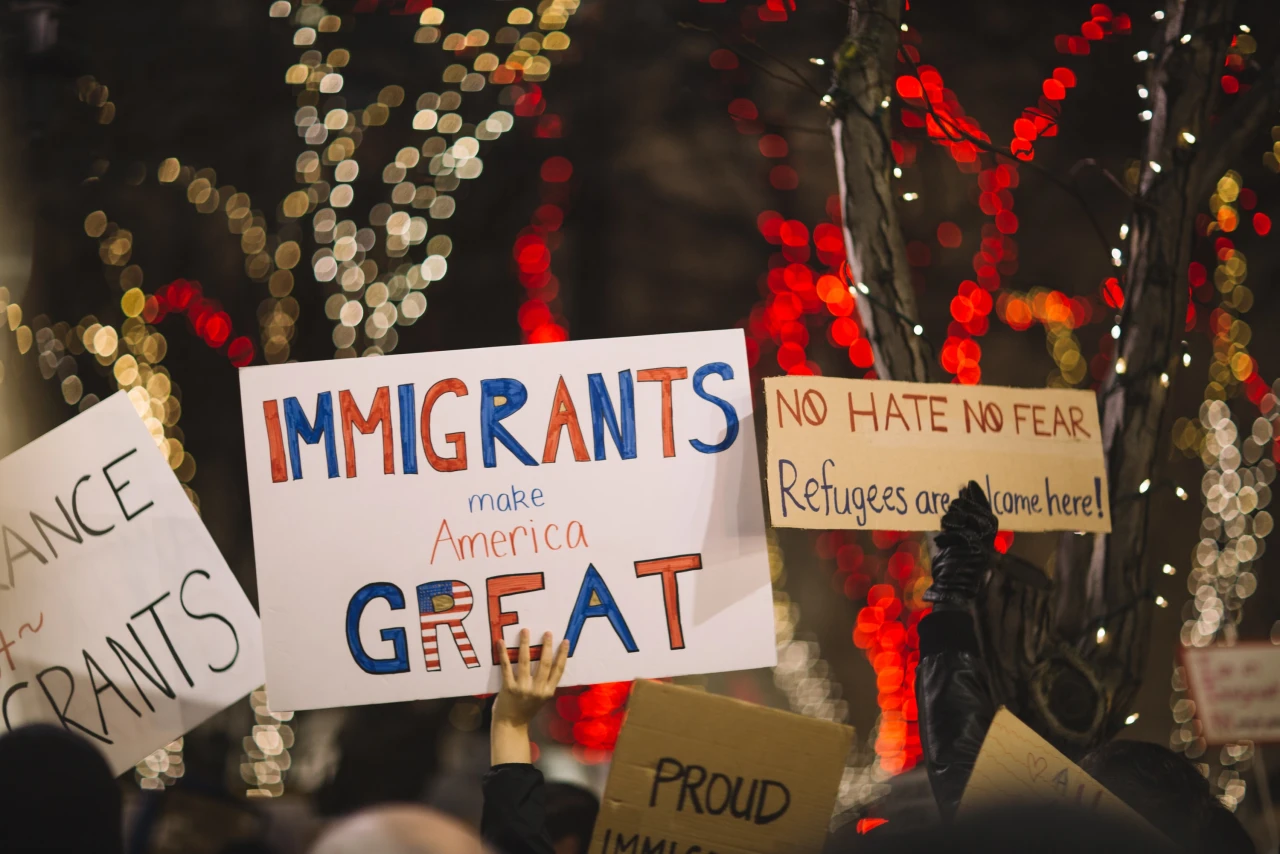Disturbing New York Times' report shines light on Border Patrol's deadly car chases
22 people were killed as a result of Border Patrol’s high-speed chases in 2021, including one passenger who was ejected from a vehicle on Christmas Day. For comparison, there were two deaths in 2019, civil rights organizations said.
Among those killed in 2021 was a 25-year-old man suspected of transporting a number of migrants. His mother had already filed a missing persons report when she found out he was in a medically induced coma after his vehicle rolled over as a result of the chase by Border Patrol. The agency had not bothered to contact her then. It did not contact her after he died. Nor is the agency even bothering to tell her what happened: “Officials say it is not the agency’s responsibility to explain,” The New York Times reports.
“She said she understood that officials suspected her son was involved in illegal activity, transporting undocumented immigrants. ‘But that doesn’t mean you have to die for it,’ she said.”
Department of Homeland Security (DHS) Sec. Alejandro Mayorkas said in a statement that the agency “owes the public the fair, objective and transparent investigation of use-of-force incidents to ensure that our highest standards are maintained and enforced,” The Times reported. The report says that following the crash that killed Erik Molix and an Ecuadorean man, a state trooper’s bodycam footage captured a border agent saying that a critical incident team would be ”coming out. They’ll do all the crime scene stuff—well, not crime scene, but critical incident scene.”
This is incredibly worrying. The Southern Border Communities Coalition (SBCC) has previously detailed how highly secretive Border Patrol’s Critical Incident Teams (BPCITs) have acted to cover up abuses at the hands of agents, with a “stated purpose is to mitigate civil liability for agents. There is no known equivalent in any other law enforcement agency.”
That’s what they’re doing in the case of this crash, a DHS official confirmed to The Times, saying this shadow police unit is “collecting evidence that could be used to protect a Border Patrol agent and ‘help deal with potential liability issues,’ such as a future civil suit.”
“Critical incident teams are rarely mentioned by Customs and Border Protection or the Border Patrol,” The Times noted. “There is no public description of the scope of their authority.”
Recent scrutiny on this shadow police unit has bolstered the case for a new investigation into the 2010 killing of Anastasio Hernandez Rojas at the hands of border agents. “Mr. Hernandez died after suffering a heart attack, cardiac arrest, and brain damage. His death was ruled a homicide,” Alliance San Diego said. Yet no border agent has ever been held accountable for it.
The American Civil Liberties Union (ACLU) of New Mexico and ACLU of Texas said in a joint report that only this past November did Border Patrol make public its vehicle pursuit policy, “after resisting scrutiny for years,” including from officials like California U.S. Sen. Dianne Feinstein.
“The policy only heightens concerns that vehicle pursuits by Border Patrol will continue to needlessly cause grave injury and even death to not only those being chased, but the community at large,” the organizations said. They note the policy “grants nearly unlimited discretionary authority for agents to engage in vehicle pursuits when they determine a ‘law enforcement benefits … outweighs the risk to the public.’ The policy fails to put meaningful limitations on conducting dangerous and deadly pursuits, including any limitations on permissible speed above the speed limit.”
The federal government has paid $60 million in settlements for incidents involving border agents spanning over a decade, the vast majority of it involving vehicle-related incidents, The Guardian reported in 2018. “Nearly $47m has been paid out for damages resulting from alleged reckless driving by border agents,” the report said. “Of more than 1,300 such payments, made in states across the country, a review of 40 cases with available court records found six crashes which were deadly and 18 that cited grave injuries including amputations and disability.”
A number of members of Congress have joined advocates in calling on the Justice Department to probe the secretive BPCIT. While California U.S. Sen. Alex Padilla pressed Mayorkas on the allegations against BPCIT during a Senate hearing last November, he offered nothing of value in response, claiming “the misconduct of one, does not define the heroism and integrity of the great majority of the men and women.”
The fact of the matter is that corruption, racism, and violence run rampant in this agency. Without true accountability, it’ll continue. “Absent strict oversight and meaningful reform, the nation’s largest law enforcement agency, Border Patrol, will continue to conduct deadly chases with impunity,” ACLU of Texas staff attorney Shaw Drake tweeted. “It is time for the Biden administration to take action.”

